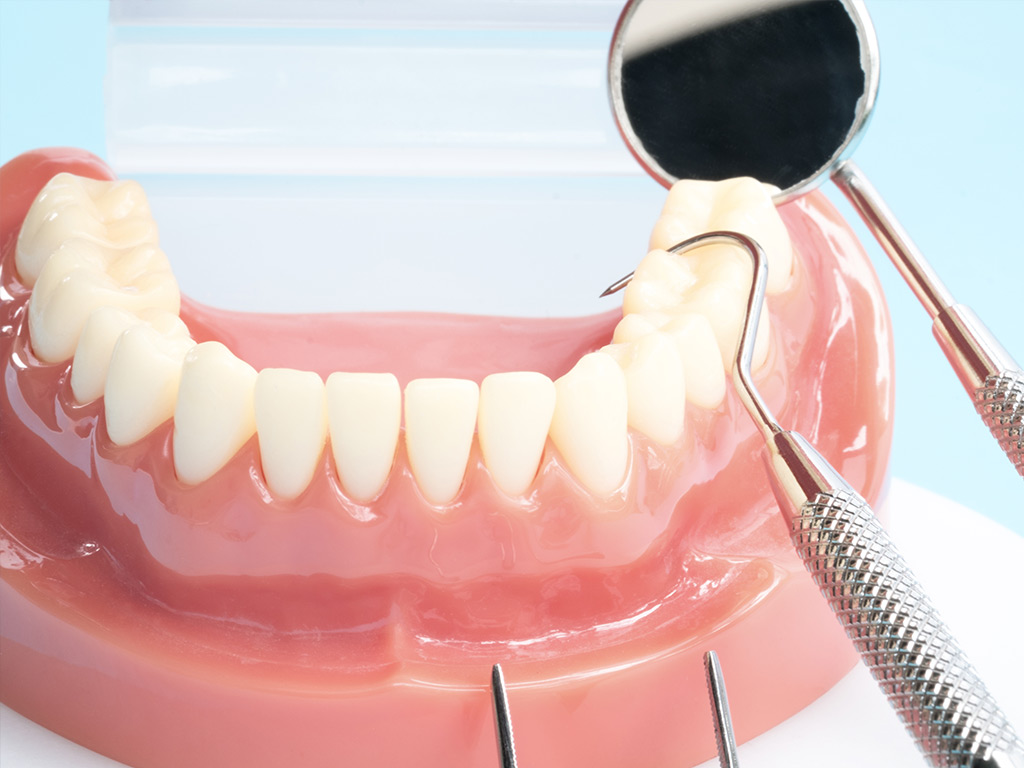
The path to a full, confident smile often involves a temporary step: immediate or temporary dentures. These short-term prosthetic devices serve a crucial purpose, bridging the gap between tooth removal and the placement of your final, permanent dentures. While they are a standard part of the process, they frequently come with a lot of questions. Understanding what temporary dentures are, how they function, and what to expect during the adjustment period is essential for a smooth transition. Dental professionals across the world, including those specializing in https://albertadentures.com/service/temporary-dentures, emphasize the importance of viewing temporary dentures as a healing and training phase, rather than a final solution. Here, we address the most common inquiries to help you navigate this period with ease and clarity.
What are Temporary Dentures and Why are They Necessary?
Temporary dentures, also known as immediate dentures, are prosthetic teeth placed in your mouth immediately following the extraction of remaining natural teeth. Their primary purpose is twofold: aesthetic and protective. Aesthetically, they ensure you don’t have to go without teeth during the healing phase, allowing you to maintain your appearance, speech, and ability to eat soft foods. This immediate replacement is a significant psychological benefit for many patients. Protectively, they act like a bandage over the surgical sites, helping to control bleeding, reduce swelling, and shield the sensitive gum tissue from food and irritants while the jawbone and gums begin to heal. The fact that they are prepared in advance, often requiring several visits for impressions and molds before the extractions, is what allows for their immediate placement. This is the key difference from conventional, permanent dentures, which are crafted after the gums have fully healed, a process that can take several months.
How Long Will I Need to Wear My Temporary Dentures?
The timeline for wearing temporary dentures can vary, but generally, they are worn for an interim period ranging from a few months up to a year. This duration is dictated by the body’s natural healing process. Following tooth extraction, your gum tissue and the underlying jawbone will undergo significant changes—they will shrink and reshape. This shrinking is a normal and expected part of the healing process. Dental experts need this tissue shrinkage and contour change to stabilize before the final impressions for your permanent dentures can be taken. A permanent denture requires a perfectly stable and healed foundation for a long-lasting, precise fit. Your denturist or dentist will monitor your healing and determine the optimal time for moving on to your permanent prosthetics.
Will My Temporary Dentures Fit Perfectly?
A common misconception is that temporary dentures will offer the same comfortable, snug fit as a permanent set. In reality, the fit of immediate dentures will naturally deteriorate over time. Because these dentures are constructed using impressions taken before the extractions, they cannot perfectly account for the substantial changes that occur as your gums and bone heal. Initially, the fit will be good, but as the tissues shrink, the dentures will inevitably become loose. This loosening is not a sign of a flawed device; it’s an expected consequence of healing. Your dental professional will schedule several follow-up appointments during the first few months for adjustments and temporary relines. Relining involves adding a new layer of material to the inside of the denture base to improve the fit against the changing contours of your gums. These adjustments are a necessary part of the temporary phase to maintain comfort and function until the gums are stable enough for the permanent set.
What is the Adjustment Period Like for New Wearers?
The initial adjustment period is a learning curve, often described as similar to ‘training wheels’ for your mouth. Most people experience some degree of discomfort, soreness, and difficulty with speech and eating in the beginning. Sore Spots and Irritation are common, particularly in the first few days and weeks. These are typically resolved by your dental professional making minor adjustments. Speaking may feel awkward initially, with some sounds being challenging to pronounce. Reading aloud and practicing in front of a mirror can significantly speed up this learning process. Eating will require patience. You will be advised to start with soft foods cut into small pieces and chew slowly, using both sides of your mouth simultaneously to balance the denture and prevent tipping. As your muscles adapt and the healing progresses, you can gradually introduce a wider variety of foods, though very hard or sticky foods should generally be avoided with temporary dentures.
How Do I Care for My Temporary Dentures?
Proper care is critical for both the longevity of the temporary device and the health of your healing mouth. Your dental professional will provide specific instructions, but general guidelines include:
- Cleaning: Temporary dentures must be cleaned daily using a soft-bristled denture brush or a specialized denture cleaner. Regular toothpaste is often too abrasive and can scratch the surface. Gently brush all surfaces to remove plaque and food particles.
- Soaking: Most experts recommend soaking the dentures overnight in a denture-cleansing solution or plain water to keep them moist and prevent warping or becoming brittle. Never use hot water, as the heat can distort the material.
- Initial 24 Hours: In many cases, you may be instructed to wear your temporary dentures continuously for the first 24 to 48 hours, even while sleeping. This acts as a protective splint and helps reduce swelling. After this initial period, your denturist will advise on when to remove them, typically at night, to give your gums a rest.
- Handling: Always handle your dentures with care, preferably over a folded towel or a basin of water, to prevent breakage if they are accidentally dropped.
The journey with temporary dentures is an essential step towards the lasting comfort and aesthetics of your final prosthetic solution. By working closely with your dental expert, following their advice, and patiently navigating the adjustment period, you ensure the best possible outcome for your smile.




More Stories
What’s Considered Normal Hair Shedding? Understanding Your Hair’s True Health
Complete Denture Clinics Calgary: How to Choose Wisely
10 Reasons to Switch to an E Ink Tablet for Reading and Note-Taking